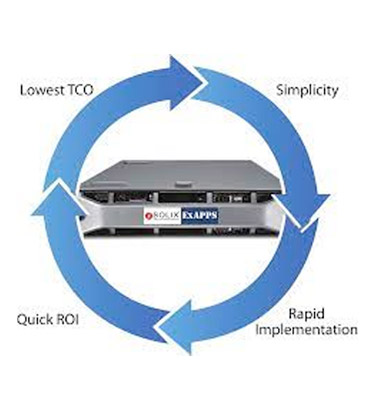If you are considering Application Modernization, Application Decommissioning or Application Overhaul, I would suggest a key reference. Application Portfolio Triage: TIME for APM (author: Jim Duggan from Gartner). Jim suggests a very elegant model, called TIME, which suggests a four-way categorization based on current and future business value of each application and the cost and risk of replacing it. This categorization can then become the framework for a strategic approach to application portfolio management.
TIME implicitly helps to explain why a few mainframe applications (like an online trading system in a stock exchange running on a proprietary fault-tolerant system) have survived so long. They are complex and mission critical and the cost and risk of replacing them had, till now, far outweighed the advantages associated with modern software and hardware. What’s happening now, however, is that the risk of continuing with them has sharply gone up. Most of the current crop of staff in an IT Department were not even born when some of the legacy platforms came on the de-support list by the respective vendors!
I am currently seeing a TIME model at work, which makes it even more fascinating. One of our customers has just gone through the 1st stage of “Tolerate” with an old version of an ERP running on a very old version of a RDBMS as they selected a new ERP for the enterprise. But the rollout took longer than expected while the performance of the older ERP was sharply deteriorating but needed to be retained for a couple more years. So the customer moved to the 2nd stage of “Invest” with a Database Archiving solution to keep the older ERP chugging for a few more years. They are currently in the 3rd stage of “Migrate” when all their business process across the globe would be migrated to the newer ERP. Once this is completed, we will see the final act of “Eliminate” (or Retirement) of the old ERP with some of the legacy data from it moved to the new ERP, some taken to the Datawarehouse, and most to a long term archive – and some very old or unimportant data completely purged.
Application Retirement makes a very good business case for reducing a Data Center’s operating costs. Why spend good money maintaining legacy applications that are no longer delivering any business value and there is little risk in eliminating them? Application Retirement technologies like Solix EDMS Application Retirement or the Solix ExAPPS Application Retirement Appliance are built to reduce risks of application retirement while at the same time delivering a very high ROI.
